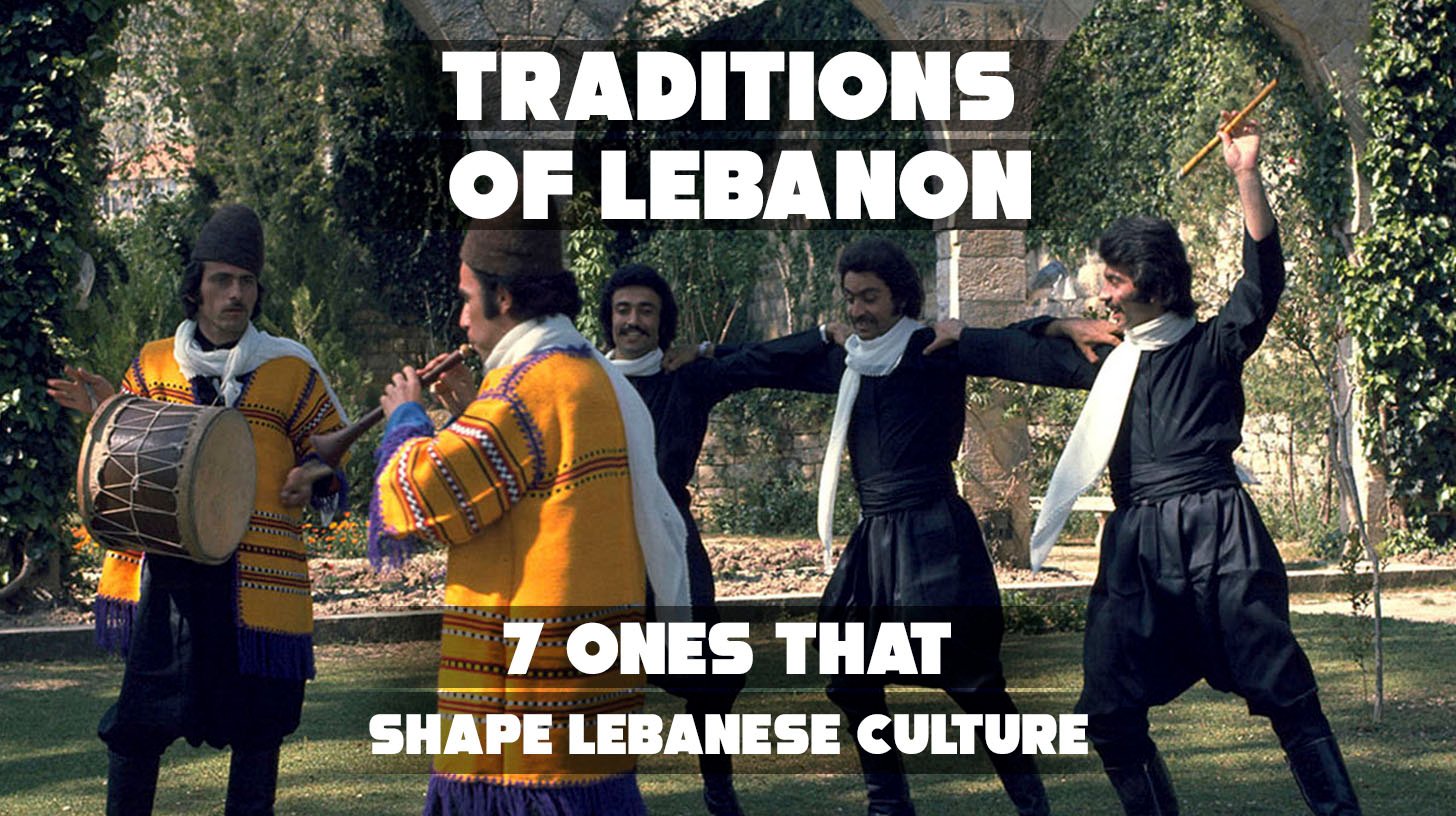What makes Lebanon’s culture unforgettable? Is it the music and dance, the flavors of its food, or the stories hidden in names? If you’ve ever longed to discover a culture where hospitality is sacred, poetry is a performance, and meals feel like festivals, then you’re in the right place.
You’re not just a reader; you’re a cultural explorer, curious about the deep traditions that still shape Lebanese life today. And you’re not alone.
Here’s what you’ll uncover:
- The spirit of Karam
- The ritual of Arak
- The joy of communal meals
- The fire of Zajal poetry
- The rhythm of Dabke dance
- The richness of Mezze
- The legacy in names
By the end, you’ll see how Lebanon’s traditions aren’t just customs ; they’re living, breathing expressions of identity.
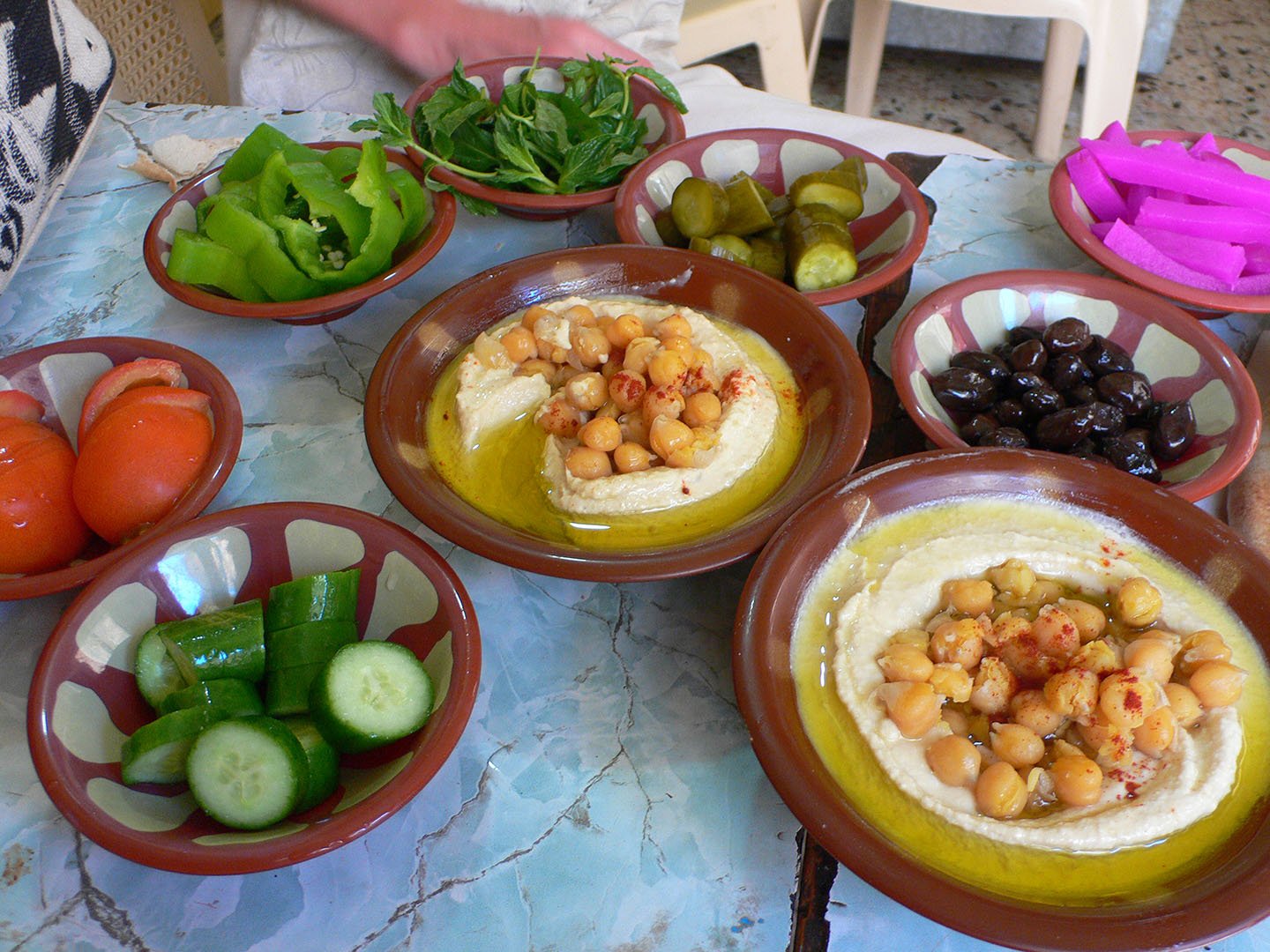
7 Famous Traditions of Lebanon
1. Karam

In Lebanon, Karam; meaning generosity, is more than just a word; it’s a living tradition, linked into everyday life. When you step into a Lebanese home, you’re not just a visitor; you’re family. Hosts go above and beyond to make guests feel welcome, often serving heaping platters of food and encouraging second or even third helpings.
This generosity isn’t about showing off; it’s a warm expression of care, respect, and joy in sharing.
But Karam goes deeper than just food. It’s about creating connection. Long meals stretch into hours of laughter, storytelling, and cultural exchange. Whether you’re a friend or a stranger, Lebanese hospitality opens its arms without hesitation.
See Also What Do Lebanese People Look Like?
2. Arak
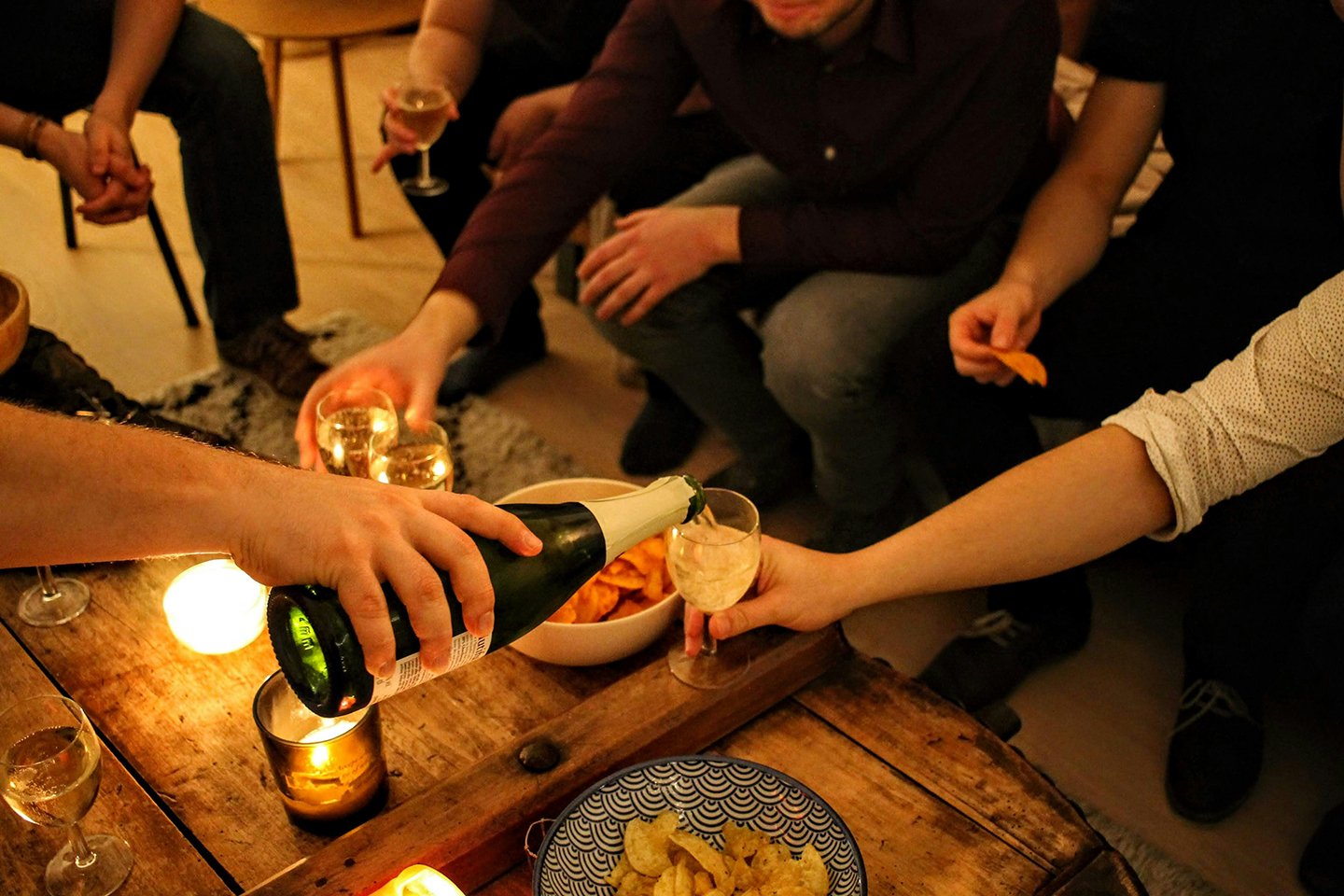
In Lebanon, arak isn’t just a drink; it’s a beloved ritual linked into the fabric of daily life and celebration. This clear, anise-flavored spirit is often found alongside mezze dishes, where its bold flavor refreshes the palate between bites of hummus, tabbouleh, and grilled meats.
Whether shared during a long, joyful Sunday lunch or offered to a guest as a mark of hospitality, arak speaks a language of togetherness, warmth, and cultural pride.
What makes arak truly special is the care behind its creation and the ritual of enjoying it. Traditionally distilled and aged in clay jars, each bottle reflects generations of craftsmanship. When poured with water, it turns a milky white; a transformation that sparks conversation and nostalgia at the table.
3. Generosity in Food

In Lebanon, food is far more than a necessity; it’s a warm invitation. The Lebanese tradition of generosity shines brightest around the dining table, where meals aren’t simply eaten, but shared with joy.
Hosts take pride in preparing abundant spreads, filled with colorful mezze; small plates like hummus, tabbouleh, and kibbeh, that invite everyone to dig in, pass dishes around, and linger over conversation.
Refusing a second helping? That’s nearly impossible in a Lebanese home. Guests are encouraged to enjoy multiple servings, often with hosts gently insisting, not out of politeness, but genuine care.
A table filled with warm bread, lively mezze, sweet baklava, and strong Arabic coffee becomes a symbol of community; where food is more than nourishment; it’s a celebration of family, friendship, and warm hospitality.

4. Zajal

Zajal isn’t just poetry; it’s poetry on fire. In villages across Lebanon, before TV and electricity filled homes, the real entertainment was watching poets go head-to-head in lyrical duels that thrilled entire communities. With tambourines clapping and voices echoing into the night, Zajal brought people together in celebration, often around weddings, feasts, and family gatherings.
Poets would shout witty, emotional, or even biting verses at each other, only to receive sharp comebacks that had to match in rhyme, rhythm; and sass. This wasn’t just entertainment. It was art, culture, and memory all rolled into one passionate performance.
What makes Zajal especially magical is how it blends tradition and spontaneity. Spoken in colloquial Arabic, it’s poetry for the people; deeply felt, quick-witted, and always alive. Elders and children alike would gather in courtyards, attracted by the rhythm of verbal jousts where each stanza began with the opponent’s last word.
See Also Lebanese Wedding Traditions
5. Dabke
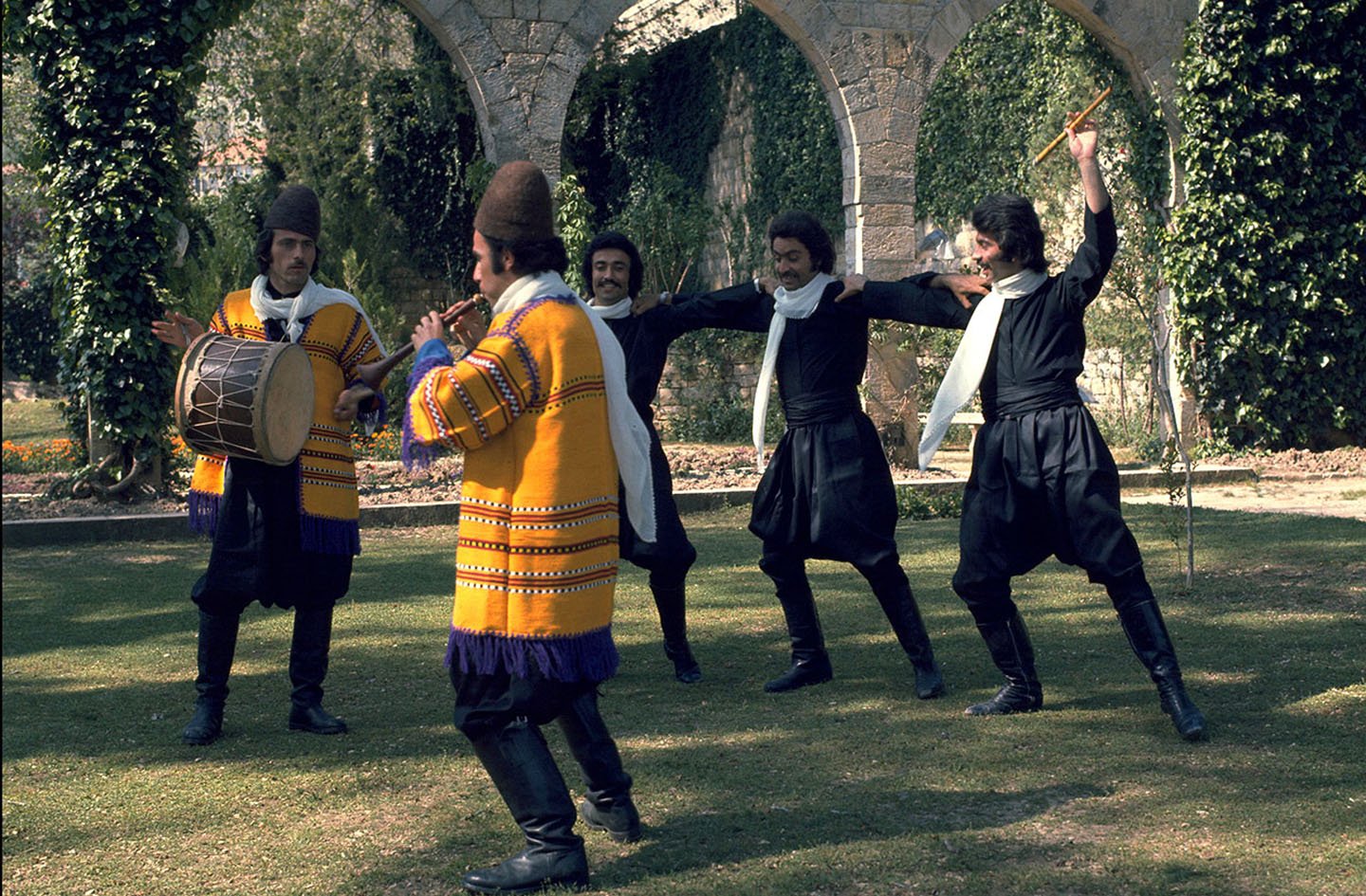
Dabke is more than just a traditional dance in Lebanon; it’s a lively expression of unity, heritage, and joy. Originating from the practical act of villagers pressing mud roofs with footsteps to compact them, this energetic line dance evolved into a powerful symbol of togetherness.
Dancers hold hands and shoulders, moving in rhythm with lively music played on traditional instruments like the mijwiz and darbuka. Whether at weddings, festivals, or community celebrations, Dabke brings people close, inviting them to celebrate life’s important moments as one.
Each step, stomp, and jump reflects not only rhythm but also a connection to Lebanon’s rich past and the strength of its people. The lead dancer guides the group, while everyone adds their own flair, creating a beautiful balance of discipline and spontaneity.
6. Mezze

Mezze is much more than just a meal in Lebanon; it’s a beloved tradition that brings people together around the table. A lively spread of small, colorful dishes invites everyone to share, including creamy hummus, smoky baba ghanoush, fresh tabbouleh, and crispy falafel.
It is a time to slow down, connect, and enjoy good company, where conversation flows as naturally as the food passes between plates. This communal dining experience reflects the heart of Lebanese culture: generosity, hospitality, and the joy of sharing moments with family and friends.
Each dish is crafted with fresh herbs, spices, and ingredients that awaken the senses. The meal often begins with lighter salads and dips before serving warm, satisfying dishes, sometimes becoming a full feast on its own. Whether you are a visitor or a local, enjoying mezze means welcoming a tradition that celebrates togetherness and the simple pleasure of good food shared side by side.
7. Patronymic System
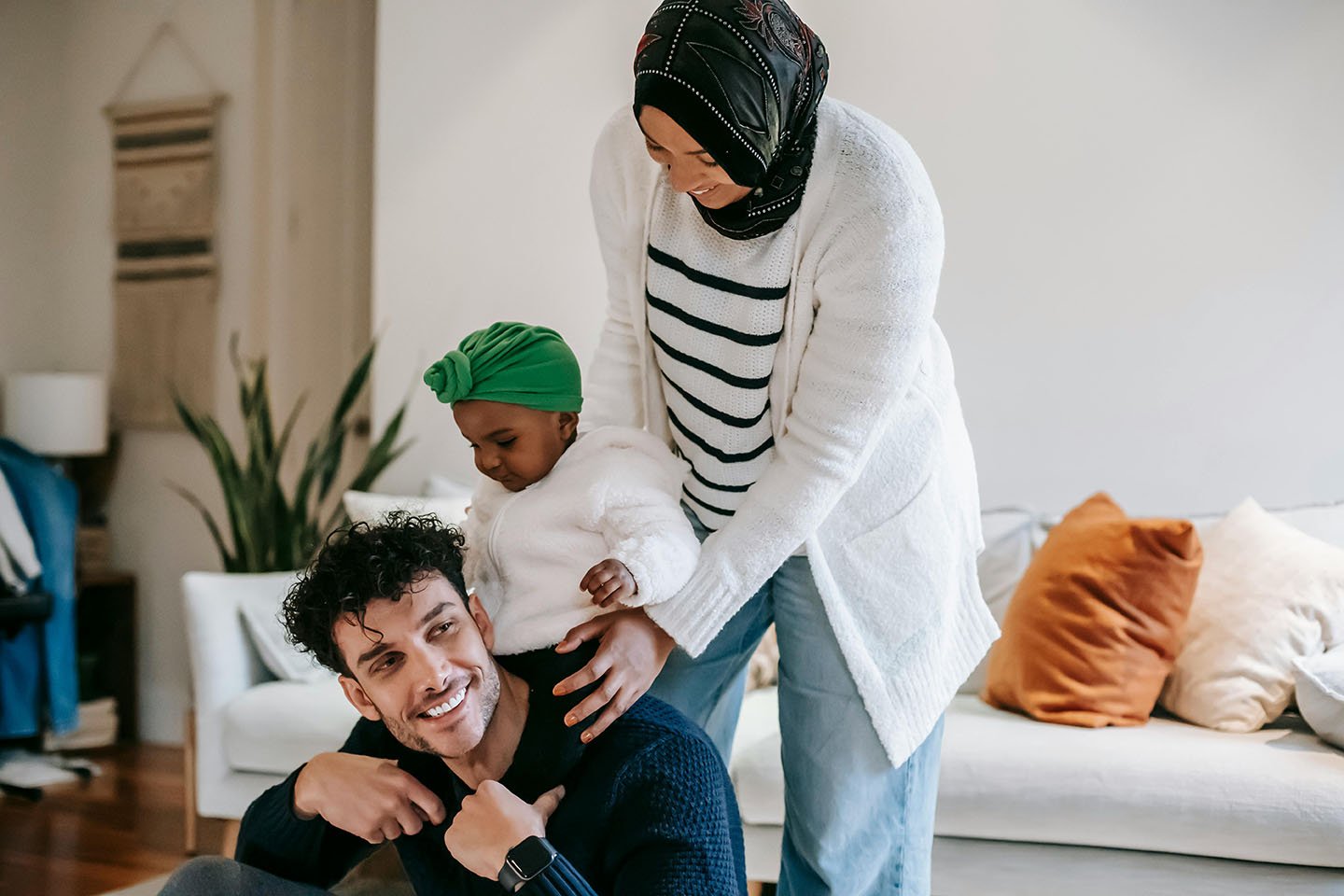
The patronymic system in Lebanon beautifully highlights how family and heritage play a central role in everyday life. In this tradition, a person’s full name tells a story; not just who they are, but where they come from. Typically, a Lebanese name includes the individual’s first name, followed by their father’s first name, and then the family name.
This naming pattern is a living reminder of one’s roots, connecting generations and honoring ancestors through the way people are called and remembered.
Beyond just a naming convention, the patronymic system reflects deep cultural values of lineage and identity. Sometimes names also include special titles or references to family traits, occupations, or places of origin, adding layers of meaning.
While modern life and global influences have introduced changes, many Lebanese still welcome this system with pride, seeing it as a bridge between tradition and today’s world. It’s a delicate but powerful way that Lebanon’s rich history and close-knit families continue to shape personal identity.
See Also Traditional Lebanese Clothing
Traditions of Lebanon: A Recap
Lebanon’s traditions are more than customs; they are living expressions of identity, hospitality, and deep-rooted connection. From the warmth of Karam to the rhythm of Dabke, the fire of Zajal, and the flavor-packed mezze, each tradition tells a story of belonging and pride.
Whether shared through a meal, a name, or a dance, these cultural gems continue to bring families and communities together. In honoring them, Lebanon not only preserves its past but also celebrates the heart of what makes it truly unforgettable.
FAQ
Karam, meaning generosity, is a living tradition in Lebanon. It goes beyond food, expressing care, respect, and joy in sharing. In Lebanese homes, guests are treated like family, welcomed with heaping platters of food and hours of laughter, storytelling, and connection.
In Lebanon, arak is a cherished ritual tied to daily life and celebration. Served with mezze, it represents togetherness and cultural pride. Its preparation reflects generations of craftsmanship, and its transformation when mixed with water often sparks conversation and nostalgia at the table.


